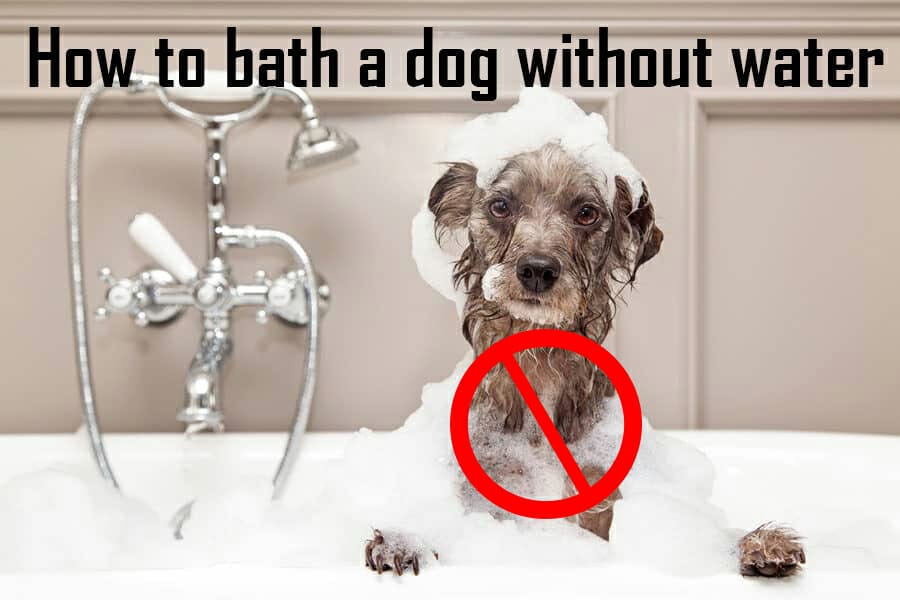The Keurig is a great way to get your daily dose of caffeine with just the press of a button. Still, it can be easy for us to forget to take the appropriate steps to ensure our beloved coffee maker is functioning properly and won’t disappoint us when we need it.
To maintain Keurig’s efficiency, quality, and performance, it is essential that we clean and disinfect it regularly. Don’t wait until you experience inconsistencies in taste or notice some gunk starting to accumulate every time you open the lid.
Thankfully, this task doesn’t take up too much of our precious time; all you need is about 30 minutes and some white vinegar. White vinegar has disinfecting qualities that will help remove any unwanted mold or bacteria that may have been lurking in your K-Cup holder.
Additionally, if you find yourself with mineral build-up due to hard water frequently being used in the machine – white vinegar will also come to the rescue there. Once done cleaning your Keurig, fill its reservoir with cold tap water and run multiple brewing cycles as flushing out the procedure before using it again – easy peasy.
How to Clean Keurig Water Tank?
Cleaning your Keurig water tank is important to keep your coffee machine in good condition. A clean water tank ensures you are brewing fresh and flavorful coffee with each cup. Fortunately, it’s easy to do. Here’s what you need to know about cleaning the Keurig water reservoir:
Inside
Cleaning the inside of a Keurig coffee maker is quite simple and straightforward. The first step is to prepare a descaling solution, which can be either store-bought or made from white vinegar and/or lemon juice.
Once the solution is ready, empty it into the water reservoir and fill it with filtered (or distilled) water until it reaches the brim. After that, plug the machine back in, turn it on, place your largest mug under the sprout, and program the machine to brew at its highest cup setting (8 or 10 ounces).
Then start the brew cycle and let it repeat until all of the solutions in the reservoir have been used up – dumping out each mug’s contents once you’re done. Once this process is complete, let the machine sit for about a half hour so that all of its inner parts get soaked with the solution.
Afterward, use paper towels or a Q-tip dipped in a mild cleaning agent to further scrub out any residues inside before rinsing the well with water. And voila. You now have a clean and debris-free Keurig coffee maker ready to serve cups of hot java again.
With White Vinegar
Keeping your Keurig running smoothly requires regular maintenance. White vinegar is an effective cleaning option if you don’t have a descaling solution. To begin the process, fill your Keurig’s reservoir halfway with vinegar, then top off the rest with water.
You’ll want to use a one-to-one ratio of vinegar to water so that there isn’t an overwhelming or unpleasant taste of vinegar in your coffee if some remain in the line. Don’t fill it too high, or there may be a lingering vinegary smell and taste, which you don’t want with your morning cup.
Next, open up the lid of the machine where the K Cup goes to let the vinegar solution enter into any concealed spaces. Leave it like this for about 30 minutes, but no more than 3 hours; doing so will give it plenty of time for any debris or scale buildup to dissolve and be flushed out properly.
When the time has elapsed, run a few cycles of plain water through until it comes out clear—this will indicate that all traces of vinegar are gone from inside your machine’s reservoir and drink lines.
Dose Long Leaving Vinegar on Keurig for a Long Period of Time Harm It?
Cleaning your Keurig with vinegar can be harmful. The popular coffee maker relies on a water reservoir at the bottom of the machine, which must be cleaned regularly to function properly. If left unclean, this reservoir can become slimy and slippery due to buildup caused by mold or algae.
Vinegar can be used to clean the reservoir, however, if it is left in the reservoir for an extended period of time, it can actually cause damage to the machine itself.
Can I Use Dish Soap?
Using dish soap inside a Keurig brewer is not recommended. The high-pH and foaming agents in dish soap can cause irreparable damage to your brewer, making it impossible to clean out the residue. This can leave you with bitter-tasting coffee or, even worse, a completely unusable machine.
Even if you can extract the residues from the interior of the Keurig, there is no telling what long-term effects that could have on your brewer.
The best way to keep your Keurig working as efficiently as possible and for as long as possible is to use special cleaning tools and solutions inside home brewers and coffee makers. These specialty solutions can help dissolve any buildup in an efficient manner without damaging any internal components of the machine, leaving you with great-tasting coffee every time. These products are designed to keep machines running at peak performance without risk of damage or destruction.
How Often Should You Clean Keurig Water Reservoir?
Maintaining your Keurig at its optimal performance is crucial to ensure you continue to brew the best-tasting drinks every time. Cleaning and descaling your Keurig water reservoir should be done regularly for optimal performance. Descaling should be done every 3-6 months to avoid scale or lime buildup. This can easily be done using store-bought descaler or vinegar in a 1:1 ratio with water.
If vinegar isn’t available, cleaning the water tank with mild detergent and cleaning exit needles and K-cup holders can also help increase the lifespan of your machine.
In addition to regularly descaling and rinsing, it is important to thoroughly clean the water reservoir once a week with a damp cloth, soapy liquid, and non-abrasive lint-free material.
This helps clear away any dirt or oil built up over time due to regular brewing. Using fresh water is key for the best tasting results, so ensuring the water reservoir is kept free from build-up can further enhance the flavor of every cup.
Frequently Asked Questions [FAQs]
1. Can I Run Straight Vinegar Through My Keurig?
2. Is It Safe To Use Vinegar In My Keurig?
3. How Often Should I Clean My Keurig?
4. How Long Does It Take To Descale A Keurig?
5. Is White Vinegar The Same As Cleaning Vinegar?
Conclusion
Regularly cleaning your Keurig water tank is essential for optimal performance. Descale your Keurig every 3-6 months with a descaler or vinegar and water solution, and clean the tank weekly with a damp cloth and soapy liquid. Using white vinegar or cleaning vinegar is safe to use in the water tank, but be sure to fully rinse out any remaining residue before brewing again.






